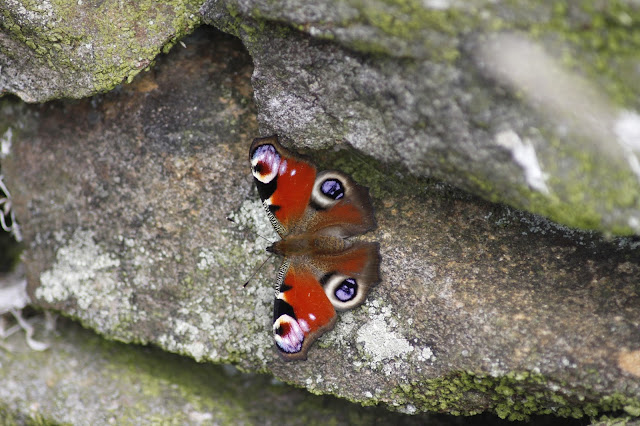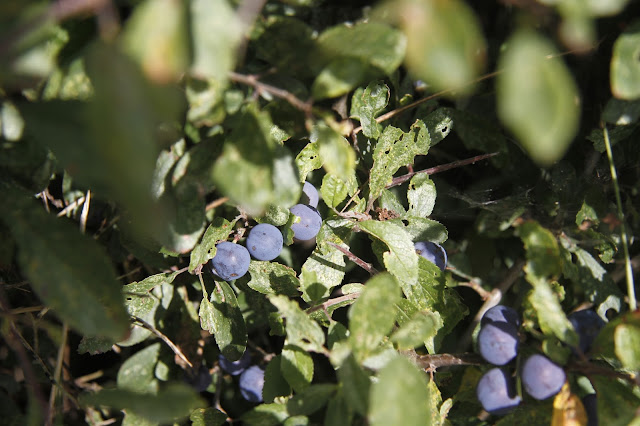October 2015
This might be the dreaded honey fungus or boot-lace fungus, which kills host trees and infects large areas of woodlands. Although a deadly tree parasite, honey fungus is regarded by expert foragers as extremely good to eat.
I am unable to identify this fungus.



















































